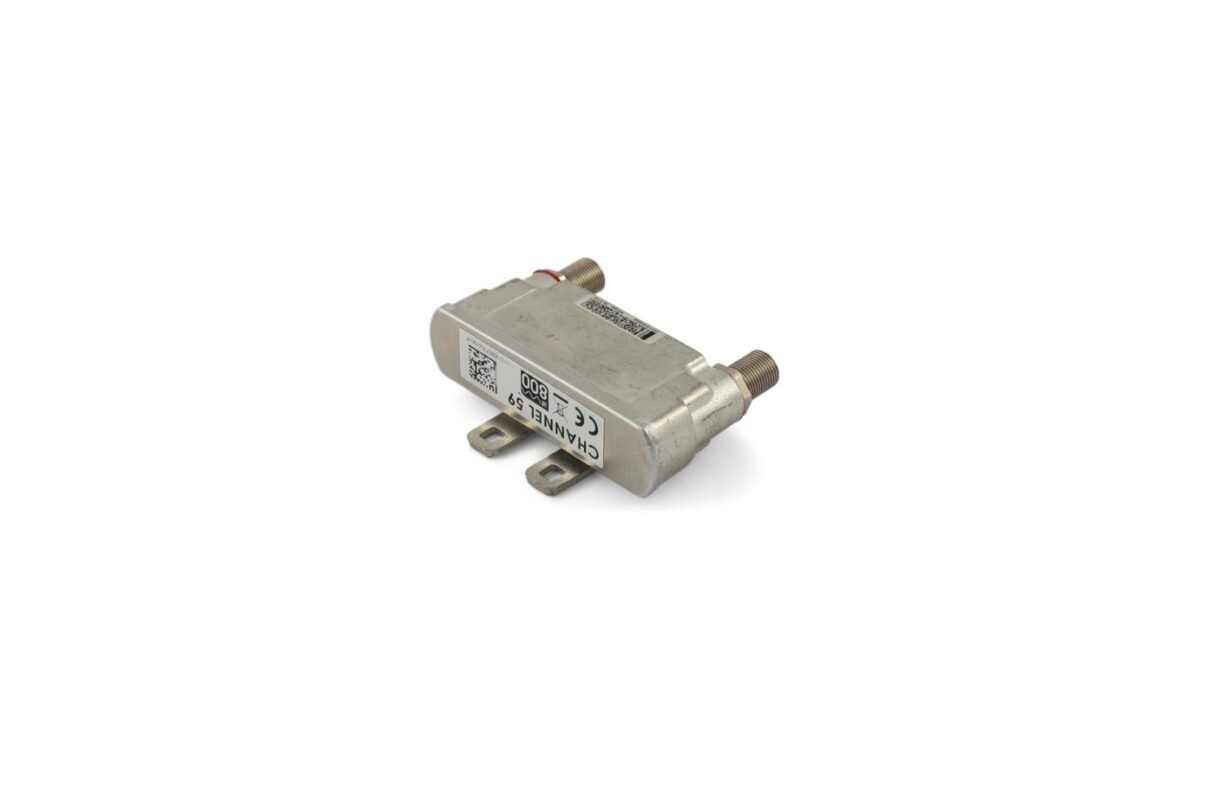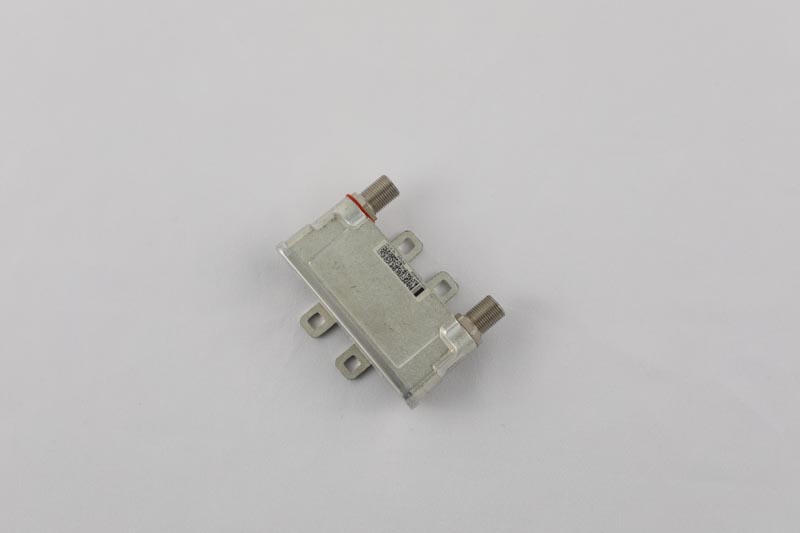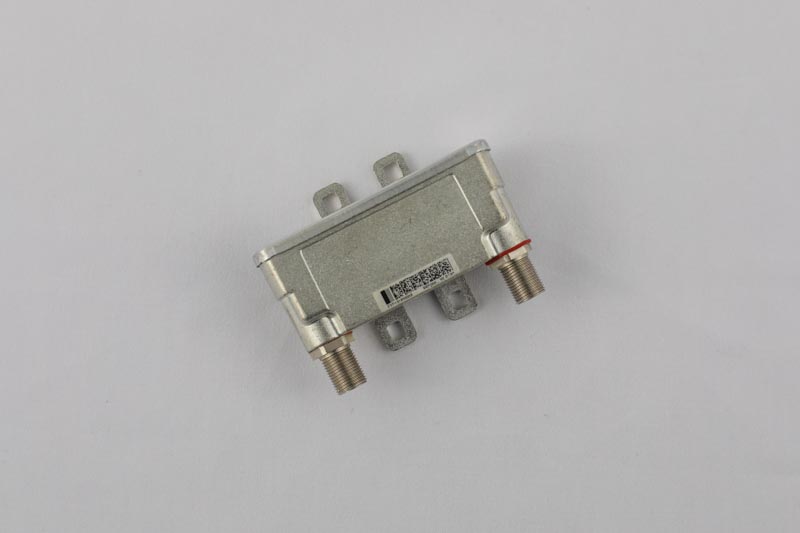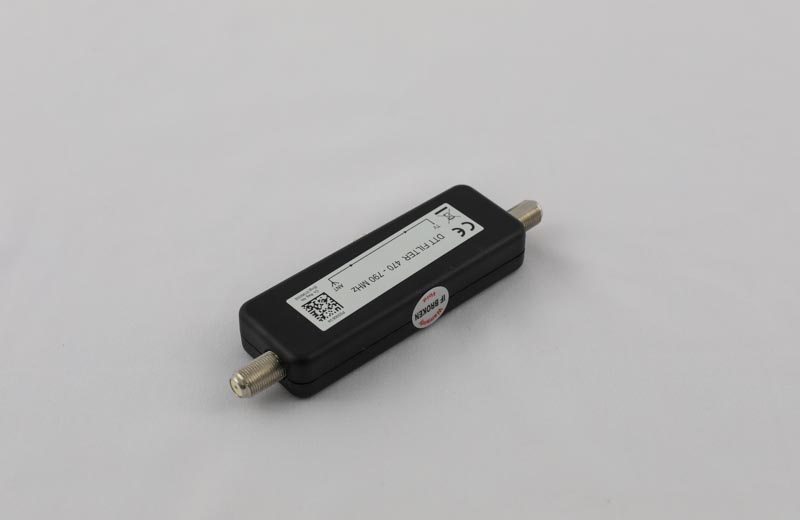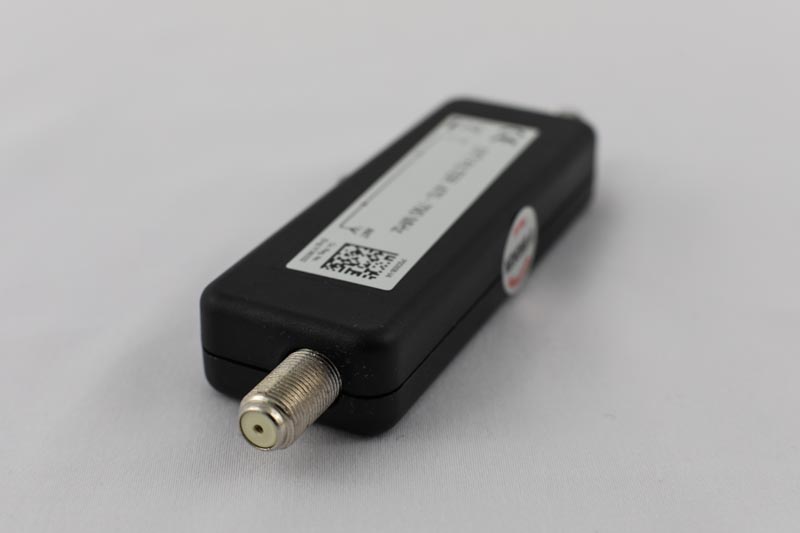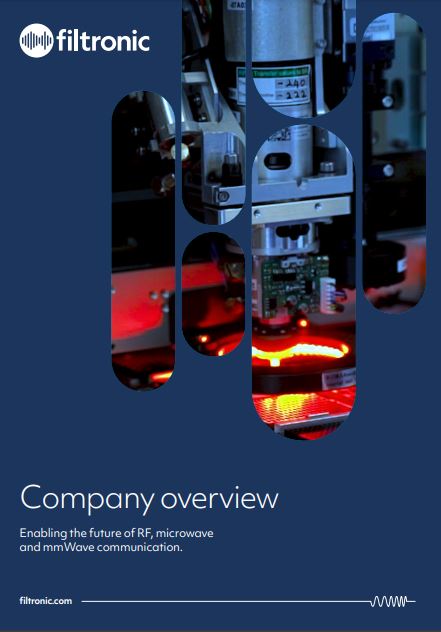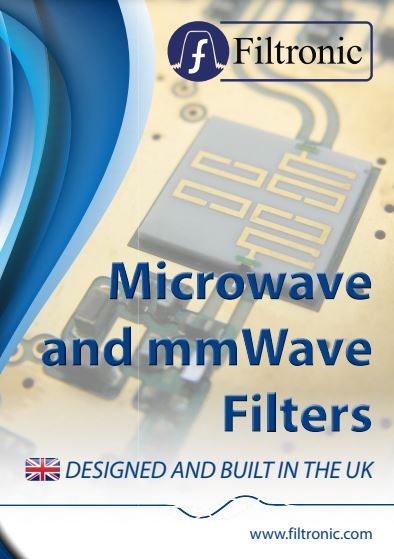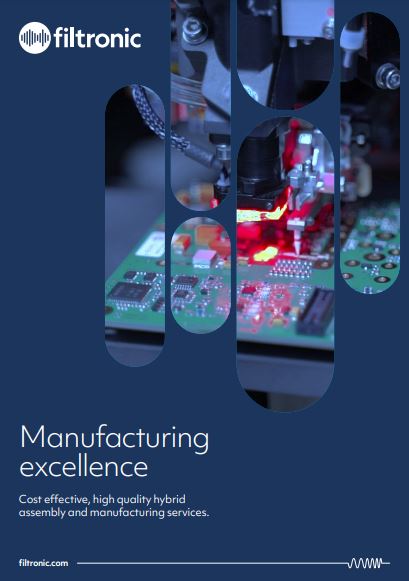Interference mitigation filters
0-110GHz
Minimising spectral emissions and attenuating interference
Interference suppression filters provide a simple, cost effective and low loss solution for minimising spectral emissions and attenuating interference signals.
Interference mitigation filters provide a simple, cost effective and low loss solution for minimising spectral emissions and attenuating interference signals. The ever increasing demand for data has led to the need for more spectrum.
Interference mitigation filters key facts
- Extensive track record
- Customised solutions
- Cost effective
Interference mitigation filters features
- Rejection with minimal loss of usable spectrum
- Easy to install
- Minimal size and weight
Get a quotation or ask a question
Get in touch and a member of our technical sales team will be able to give you a personalised quotation
Product description
True to its name, Filtronic has many years of experience in designing custom filters for this type of application, including models to prevent LTE 800 interference with air-to-ground (ATG) cellular and specialized mobile radio (SMR), and with digital TV during the transition from analogue to digital. Further custom filter designs already prevent interference between FDD and TDD channels in LTE 2600, and of LTE 2600 with radar systems.
The ever increasing demand for data has led to the need for more spectrum. Some of this has been provided by re-farming of existing frequencies and the release of new spectrum such as the Digital Dividend. These changes have led to some interference problems between new networks and other existing RF systems. Many of the new channels are small and close to others, so to mitigate interference, Filtronic has designed interference mitigation filters that provide rejection with the smallest possible loss of usable spectrum, with minimal impact on the signal characteristics.
Filtronic solutions are designed to be easy to install into the network and can be mounted on walls, poles, inside cabinets or even within a pole and size and weight are kept to a minimum. Interference and blocking protection can be designed as a stand- alone unit or integrated into other filtering or combining depending on the application. Other options include field reconfigurable filters, switchable filters, and DC and AISG passthrough to the antenna from the base-station. Some example of our products and solutions include:
- UMTS 900/ GSMR
- LTE2600 FDD/TDD
- LTE800/ ATG
- LTE800/ SMR
- LTE2600 / Radar
- LTE800/ DTV
- GSM-R / EGSM
Popular news, articles and white papers
- Pushing the boundaries in LEO applications – Filtronic expands presence in satellite communications market
- Filtronic launches into the future, securing a Strategic Partnership with SpaceX for Starlink constellation
- Filtronic cements position in LEO market with a new follow-on contract for Cerus 32
- Filtronic awarded £4.5 million contract with BAE Systems
- Filtronic wins a new radar contract from Defence Prime
- Filtronic releases highest power (>20W), commercially available E-band solid-state power amplifier (SSPA) on the market
- Filtronic strengthens its position within the E-band low Earth orbit market with second-generation Cerus 32 power module
- Filtronic secures $9 Million order to boost SpaceX’s Starlink deployment with advanced E-band SSPAs
- Unveiling the future of E-band
- Filtronic ushers in new leadership era with CEO Nat Edington
- UK RF manufacturer contributes to ‘fibre-in-the-sky’ low Earth orbit network
- Filtronic wins “Manufacturer of the Year” at the prestigious annual Elektra Awards
- Hercules takes off in markets with a need for speed.
- Filtronic win major contract with European Space Agency’s ARTES programme.
- Filtronic secures second ESA project in six months.
- Scaling up semiconductor manufacturing for new-space applications
- A close shave: 5G to the rescue
- RF specialist selected for Defence Technology Exploitation Programme.
- Designing for the future
- The RF spectrum is not infinite – Ensuring RF spectrum sustainability amidst soaring demand

